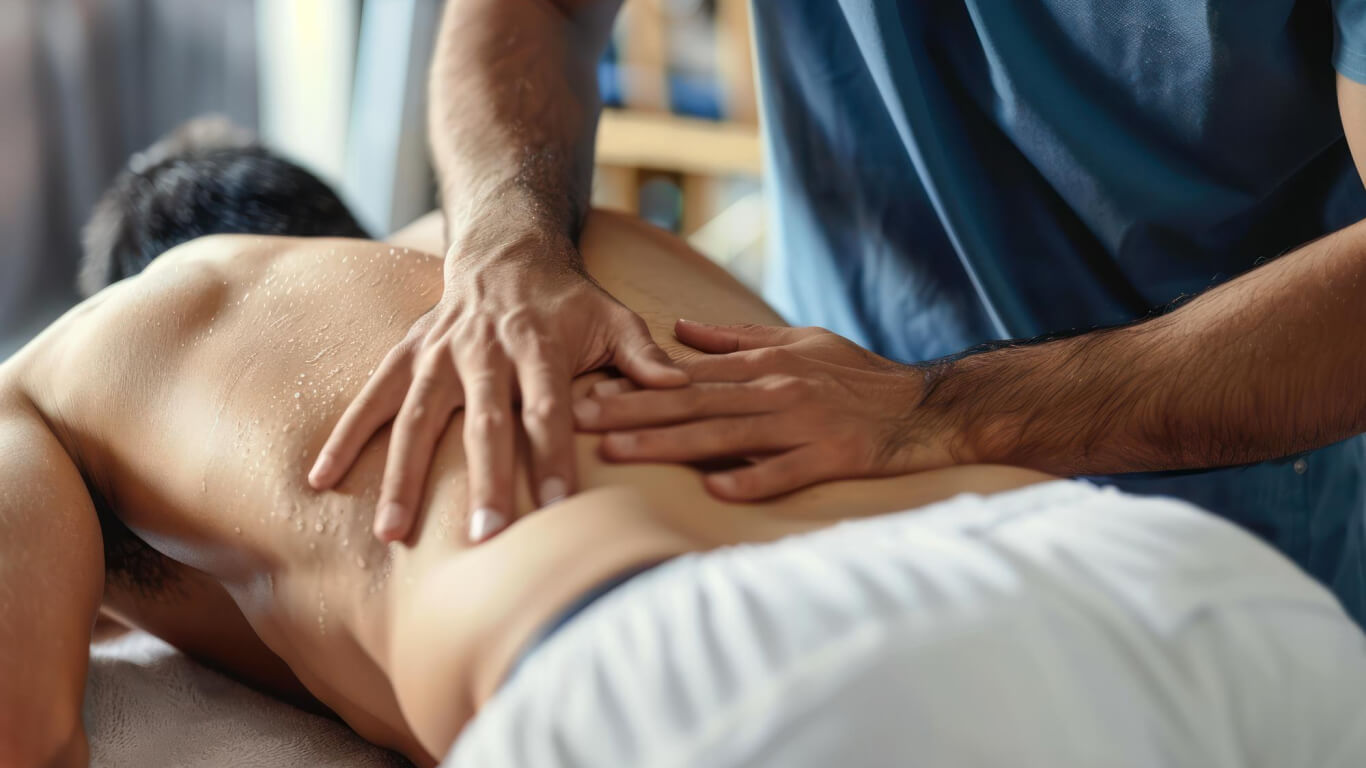
Myofascial Release(MFR)
At Pramukh Advance Physiotherapy Center, we offer highly effective hands-on treatments like Myofascial Release Therapy (MFR) to relieve pain, improve mobility, and restore natural movement. If you're dealing with chronic tightness, postural imbalances, or soft tissue pain, MFR can help you feel better — naturally and safely.
What is Myofascial Release Therapy?
Myofascial Release (MFR) is a gentle, manual therapy technique used to release tension and tightness in the fascia — the thin, tough connective tissue that surrounds and supports muscles throughout the body. When the fascia becomes restricted due to injury, inflammation, or poor posture, it can cause pain, stiffness, and reduced mobility.
Our expert physiotherapists use slow, sustained pressure to stretch and release fascial restrictions, encouraging the body’s natural healing processes.
How Myofascial Release Works
MFR targets areas of fascial restriction through skilled, hands-on techniques. The therapy:
- Reduces chronic pain and tightness
- Improves flexibility and mobility
- Breaks up scar tissue and adhesions
- Enhances posture and body alignment
- Promotes better blood and lymphatic circulation
- Supports muscle function and performance
Unlike traditional massage, MFR works at a deeper level, focusing on the root cause of the restriction rather than just the symptoms.
Conditions Treated with MFR Therapy
At Pramukh Advance Physiotherapy Center, we use Myofascial Release Therapy to address a wide range of issues, such as:
- Chronic neck and back pain
- Myofascial pain syndrome
- Fibromyalgia
- Headaches and migraines
- TMJ (jaw) dysfunction
- Postural problems
- Sports-related injuries
- Repetitive strain injuries
- Restricted joint motion
- Post-surgical scar tissue
Free ask question?
You may feel a gentle pulling, stretching, or pressure. It’s usually relaxing, though some sensitive spots may feel slightly uncomfortable at first as the tissue begins to release.
No. While both are hands-on techniques, MFR targets the fascia, whereas massage generally works more on muscles. MFR involves slower, sustained pressure, and doesn’t use oils or kneading motions.
Most people feel relaxed and looser after treatment. Mild soreness or fatigue may occur for a day or two, especially if tight areas were released. Drinking water and light movement after the session can help.
An MFR session usually lasts 30–60 minutes, depending on your treatment plan and the area being addressed.
This varies based on the severity of your condition. Some people notice improvement after a few sessions, while others with chronic restrictions may need a longer-term plan.

